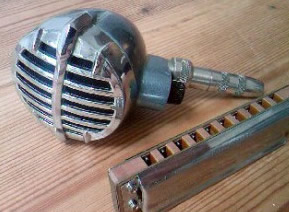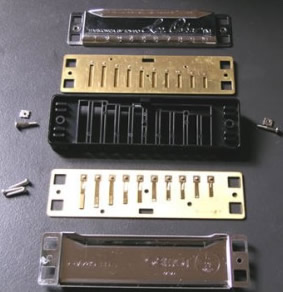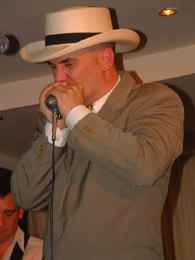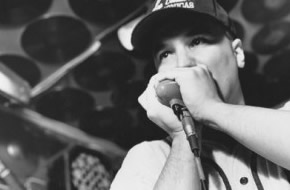Tuning Up The Band
Thanks to Jim Faulkner for raising this point at today’s workshop. As it is such a handy point, I thought it would be better posted under Hints and Tips than Lesson Feedback…
‘Did you know The Who used a harp to tune up with before their gigs? And as a classically trained musician, this never sat comfortably with John Entwhistle… what is the advantage of using a harp for tuning up?’
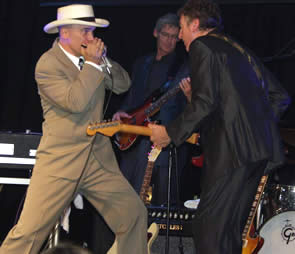 We’re talking about tuning up guitars here. ln lieu of an electronic tuner, keyboard, piano in concert pitch, or tuning fork, a bog standard diatonic harp is an excellent alternative. Of course you can also find pitch pipes, but what are they if not a redesigned harmonica by any other name, with some or all of the notes in the chromatic scale. A standard 10 hole diatonic in A will do the trick just as well (or any key if used wisely).
We’re talking about tuning up guitars here. ln lieu of an electronic tuner, keyboard, piano in concert pitch, or tuning fork, a bog standard diatonic harp is an excellent alternative. Of course you can also find pitch pipes, but what are they if not a redesigned harmonica by any other name, with some or all of the notes in the chromatic scale. A standard 10 hole diatonic in A will do the trick just as well (or any key if used wisely).
The 6 strings on a standard guitar are tuned E B G D A E, moving from the lowest to the highest string respectively.
Traditionally an A major diatonic is the best bet as it relates readily with three of the six open strings on a standard guitar and every harp player carries one! For the bottom and top strings you need to find an E. Draw 2 is the obvious option, but much better to use blow 3 as this is less likely to be off pitch from frequent bending. (You can also check that your blow 3 is in tune itself by octaving with blow 6. If they are in unison – there’s no tremelo effect – you’re safe). You can then move to the A string by blowing holes 1 or 4….or octaving both. (more…)

